Power & renewable energy
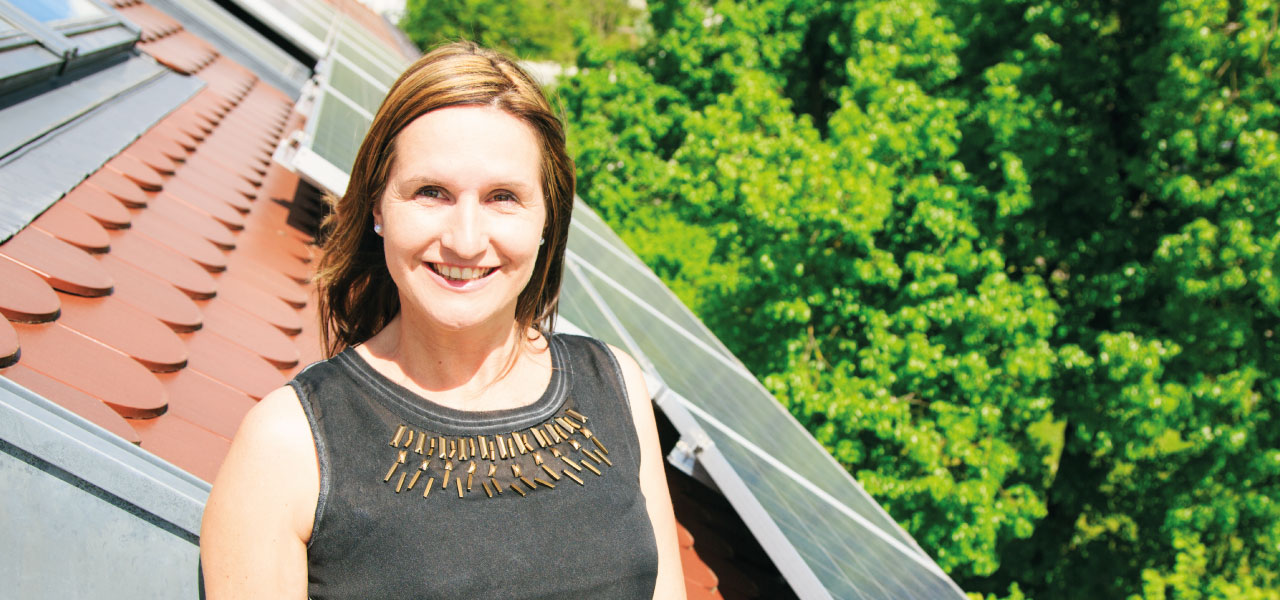
Renewable energy is key to a thriving countryside.
We think that the gold standard for onshore renewable energy done well means community energy – renewable energy projects proposed, designed, and owned by local people. We know that the climate emergency threatens to damage many of our most loved landscapes and ecosystems. Places that are precious to us all, including the Broads, the north Norfolk coast and the wildlife-packed Brecks, could all be changed irreparably as our climate shifts.
We need to act fast to cut our greenhouse gas emissions, and to do that we need more low-carbon renewable energy. We’re working to see these new renewable energy projects done well, in a way that minimises impacts on landscapes, and makes sure that the rural communities who host wind turbines or solar farms get to keep the money these schemes generate.
Read our Position statement – Onshore wind turbines, solar farms and pylons
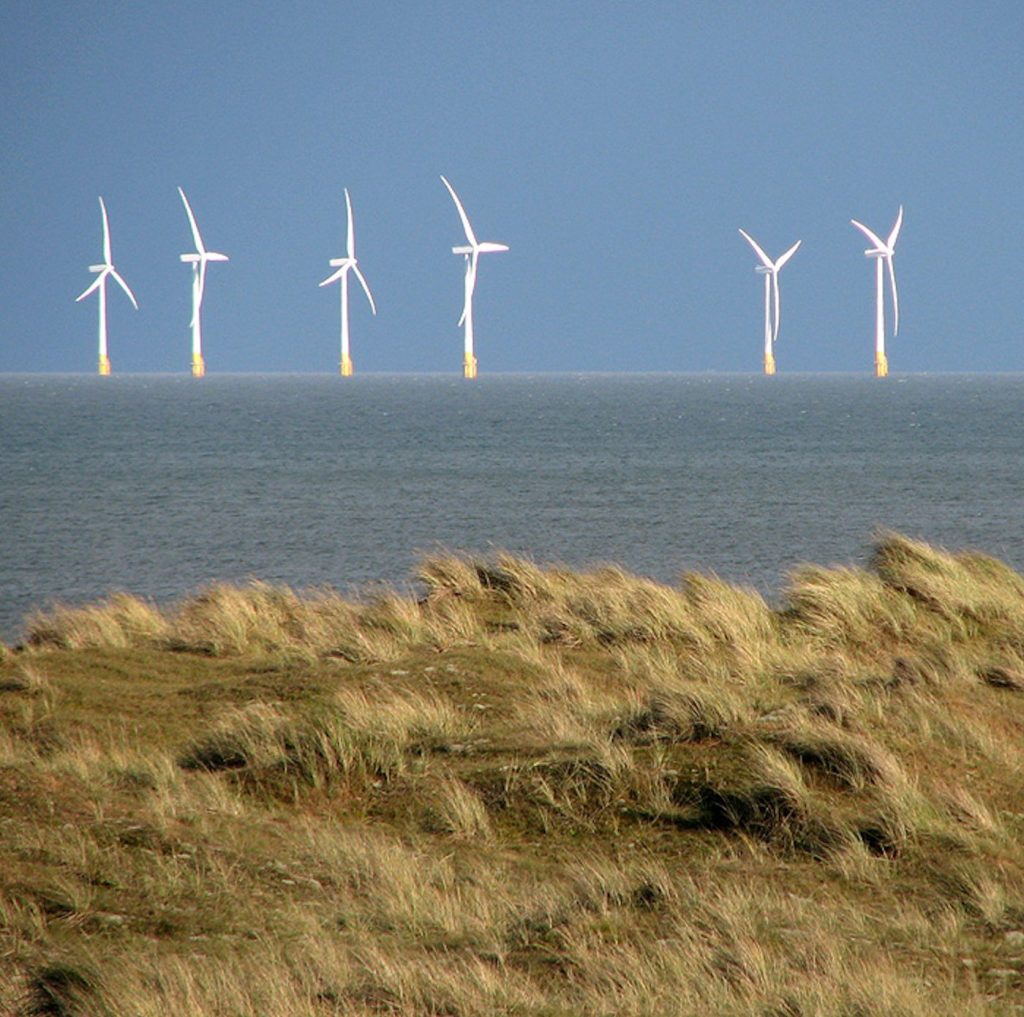
Offshore energy and associated onshore works
CPRE Norfolk is very well aware of the importance of a renewable energy strategy for the UK and the important role Norfolk plays in this. It is inevitable that some disruption will occur as new sites come on stream, and land-based works for offshore wind farm sites are required to feed the power generated to the grid.
However, choices in regard to the transmission route and the technology employed should be those which minimise damage to the countryside and landscape.
Read our full position statement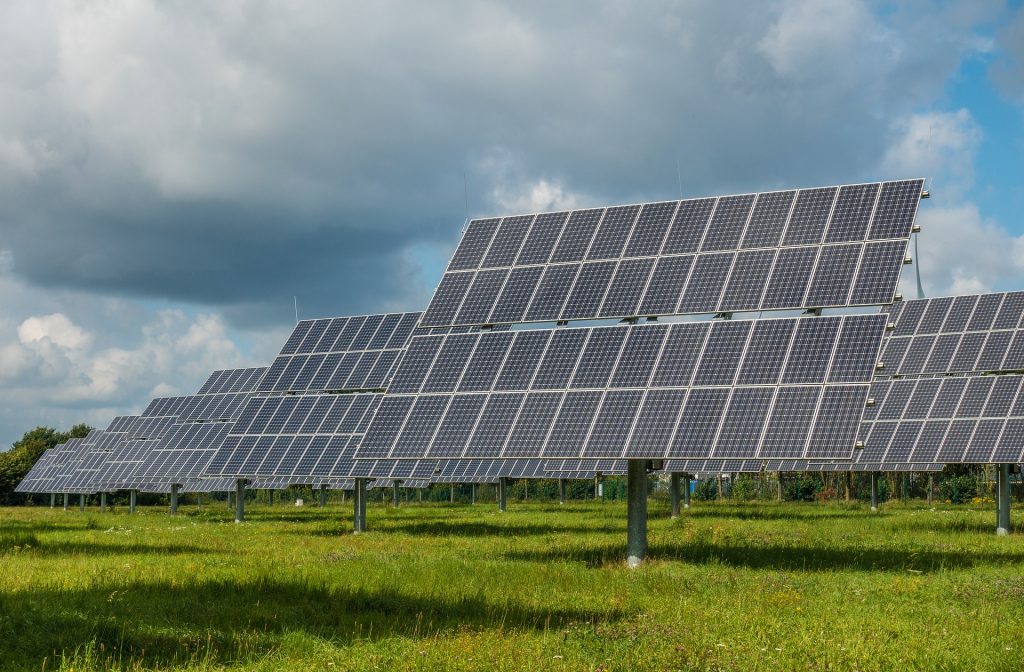
Solar farms
CPRE believes that solar power should be exploited to provide clean electricity in the UK.
However, solar farms must be located in areas where they are not detrimental to landscape character, visual amenity or food security.
We work with local people and campaign groups to argue that renewable targets should not always override concerns about the damage solar farms can do to the landscape.
Read our Solar Farm position statement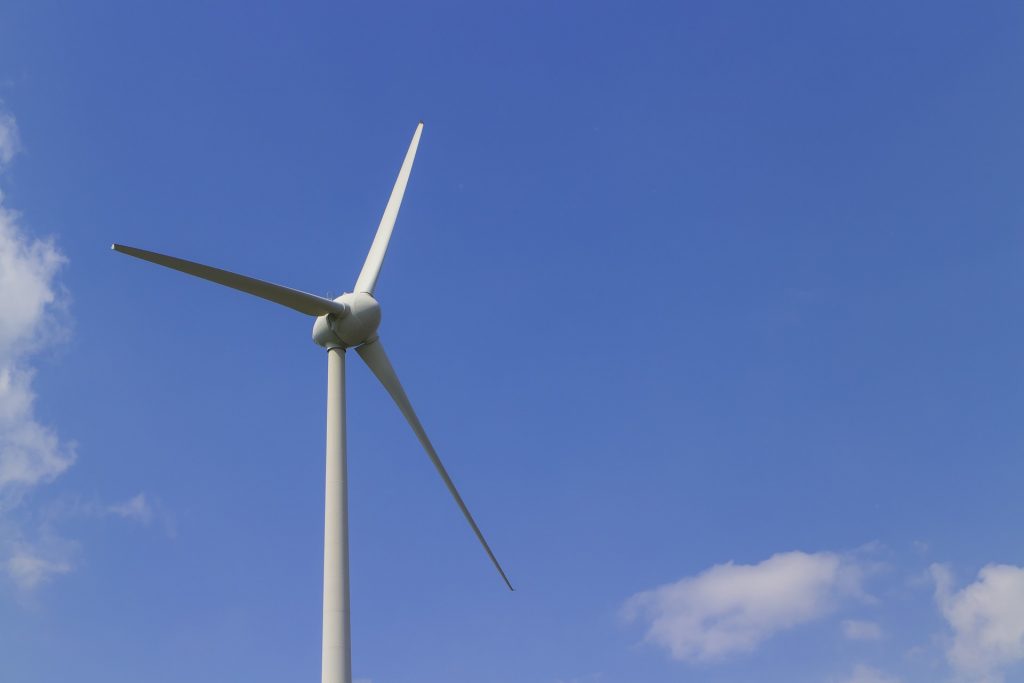
Wind turbines
CPRE Norfolk works with local people and campaign groups to argue that renewable targets should not always override concerns about the damage onshore wind turbines can do to the beauty, character and tranquillity of Norfolk’s countryside.
Whilst we generally support offshore wind farms, careful thought and consultation needs to be undertaken regarding any onshore infrastructure associated with such developments.
Read our Wind Turbine position statement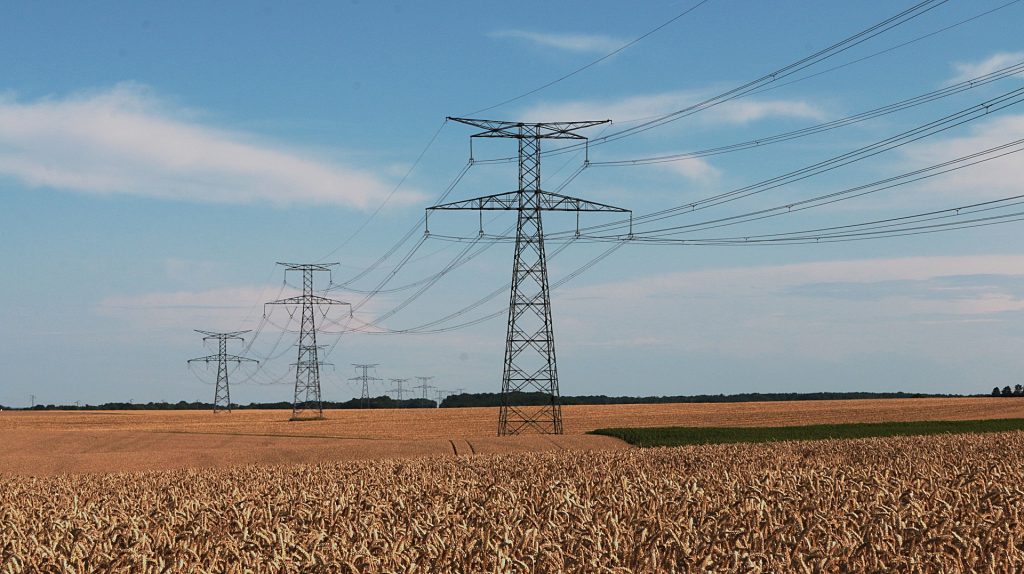
Pylons
The rapid increase of wind farms, particularly offshore, requires the transfer of energy into the National Grid (NG). This is achieved through the use of pylons or underground power lines and the development of sub-stations.
CPRE Norfolk is campaigning for the consideration of the environmental costs of overground cables and pylons to be fully considered, the undergrounding of cables and for sensitive siting of sub-stations in Norfolk.
Read our Pylons position statement
East Anglia GREEN
East Anglia GREEN is a proposed new electricity transmission route planned by the National Grid, to run from Norwich Main to Tilbury in Essex. The suggestion is for it to consist of new overhead power lines running between pylons, with underground cabling where it crosses the Dedham Vale AONB.
CPRE Norfolk believes that underground cabling should be used for any new National Grid transmission lines. This would help to ensure less harmful long-term impacts for residents, the environment, settings of heritage assets, tranquillity, and the countryside.
Read our statement on East Anglia GREEN


